Home>Home Appliances>Heating & Cooling>What Kind Of Pressure In A Gas-Fired Forced Air Heating System
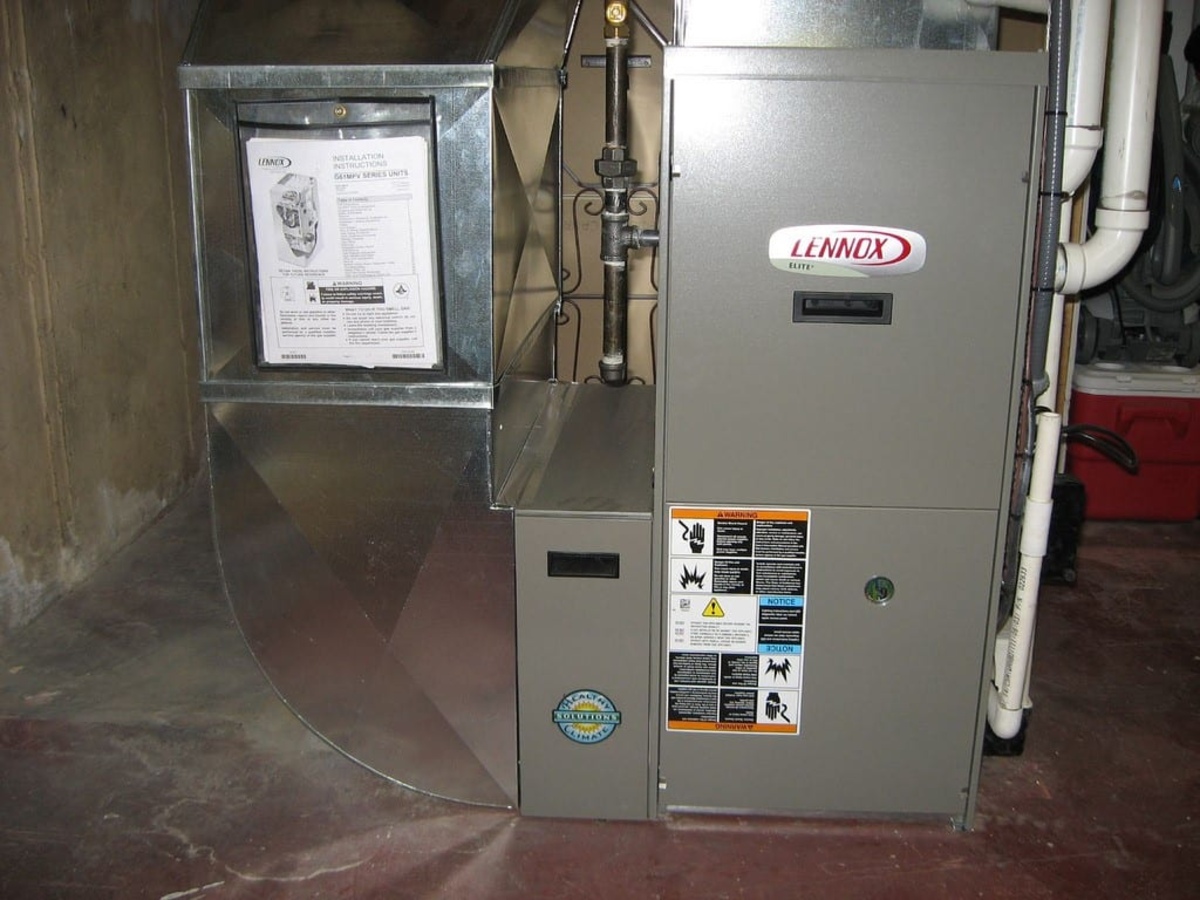

Heating & Cooling
What Kind Of Pressure In A Gas-Fired Forced Air Heating System
Modified: August 17, 2024
Learn about the pressure in a gas-fired forced air heating system and how it impacts heating and cooling. Understand the importance of maintaining proper pressure for optimal performance.
(Many of the links in this article redirect to a specific reviewed product. Your purchase of these products through affiliate links helps to generate commission for Storables.com, at no extra cost. Learn more)
Introduction
Gas-fired forced air heating systems play a crucial role in maintaining comfortable indoor temperatures, especially during the chilly months. These systems are designed to efficiently distribute warmth throughout residential and commercial spaces, ensuring a cozy and inviting environment for occupants. Understanding the dynamics of gas-fired forced air heating systems, including the various types of pressure involved, is essential for homeowners and HVAC professionals alike.
In this comprehensive guide, we will delve into the intricacies of gas-fired forced air heating systems, shedding light on the significance of pressure regulation and maintenance. By gaining insights into the types of pressure associated with these systems and the potential issues that may arise, readers will be equipped with valuable knowledge to ensure the optimal performance and longevity of their heating systems.
Let's embark on a journey to explore the inner workings of gas-fired forced air heating systems, unraveling the mysteries of pressure and its pivotal role in maintaining a comfortable and inviting indoor climate.
Key Takeaways:
- Proper pressure regulation is crucial for gas-fired heating systems, ensuring consistent warmth, energy efficiency, and safety. Monitoring and maintenance help optimize performance and prolong system longevity.
- Understanding and managing pressure types in heating systems empowers homeowners to maintain a cozy indoor environment. Regular inspections, filter maintenance, and professional services contribute to efficient operation and peace of mind.
Read more: What Is Forced Air Heating: Gas Or Electric?
Understanding Gas-Fired Forced Air Heating Systems
Gas-fired forced air heating systems are a popular choice for residential and commercial spaces due to their efficiency and ability to provide consistent warmth. These systems operate by utilizing natural gas or propane as a fuel source, which is ignited to produce heat. The generated heat is then distributed throughout the building via a network of ducts and vents, ensuring even and reliable heating.
The key components of a gas-fired forced air heating system include the furnace, thermostat, ductwork, and vents. The furnace serves as the heart of the system, where the combustion of gas takes place to produce heat. The thermostat acts as the control center, allowing users to set the desired temperature and regulate the system's operation. The ductwork serves as the pathway for heated air to travel from the furnace to different areas of the building, while the vents facilitate the release of warm air into individual rooms.
One of the defining features of gas-fired forced air heating systems is their ability to quickly adjust the indoor temperature to match the desired setting. This rapid response time contributes to a comfortable and cozy environment, especially during cold weather. Additionally, these systems can be equipped with advanced filtration and humidification features, enhancing indoor air quality and overall comfort.
Understanding the operation of gas-fired forced air heating systems is essential for homeowners and building managers. It enables them to make informed decisions regarding system maintenance, troubleshooting, and energy efficiency. By grasping the fundamental principles behind these systems, individuals can effectively communicate with HVAC professionals and address any concerns related to heating performance and comfort.
In the next section, we will explore the various types of pressure involved in gas-fired forced air heating systems, shedding light on their significance and impact on system functionality. This knowledge will provide a deeper understanding of the intricate dynamics at play within these heating systems, empowering readers to take proactive measures in ensuring their optimal operation and longevity.
Types of Pressure in Gas-Fired Forced Air Heating Systems
In gas-fired forced air heating systems, various types of pressure play crucial roles in ensuring efficient operation and optimal heating performance. Understanding these pressure dynamics is essential for maintaining the system and addressing potential issues. Let's explore the key types of pressure involved in these heating systems:
1. Combustion Pressure:
Combustion pressure is a critical factor in gas-fired forced air heating systems, as it directly influences the combustion process within the furnace. This pressure is maintained at the burner assembly, where the fuel (natural gas or propane) is mixed with air and ignited to produce heat. Proper combustion pressure ensures efficient fuel combustion, resulting in consistent and reliable heat generation. Monitoring and adjusting combustion pressure is vital to prevent issues such as incomplete combustion, which can lead to the production of harmful byproducts and reduced heating efficiency.
2. Airflow Pressure:
Airflow pressure, also known as static pressure, refers to the force exerted by the moving air within the ductwork of the heating system. This pressure is crucial for ensuring the proper distribution of heated air to different areas of the building. Maintaining optimal airflow pressure is essential to prevent issues such as uneven heating, inadequate air circulation, and strain on the blower motor. HVAC professionals carefully assess and adjust airflow pressure to achieve balanced air distribution and maximize heating efficiency.
Read more: How To Improve A Forced Air Heating System ?
3. Gas Pressure:
Gas pressure, specifically the pressure of the natural gas or propane supply, is a key consideration in gas-fired forced air heating systems. The gas pressure must be regulated and maintained within the specified range to ensure consistent and reliable fuel delivery to the burner assembly. Fluctuations in gas pressure can lead to issues such as erratic heating performance, inefficient fuel combustion, and potential safety hazards. Monitoring and adjusting gas pressure is essential to uphold the system's operational stability and safety.
4. Differential Pressure:
Differential pressure refers to the variance in pressure between different points within the heating system, such as before and after the air filter or across the heat exchanger. This type of pressure measurement is valuable for diagnosing airflow restrictions, filter blockages, or heat exchanger issues that can impact heating efficiency and indoor air quality. HVAC professionals utilize differential pressure measurements to identify and address potential obstructions or inefficiencies within the system, ensuring optimal performance and air quality.
Understanding the diverse types of pressure in gas-fired forced air heating systems empowers homeowners and HVAC professionals to proactively monitor and maintain these critical parameters. By recognizing the significance of each pressure type and its impact on system functionality, individuals can take informed steps to optimize heating performance, energy efficiency, and overall comfort within the indoor environment.
Importance of Proper Pressure in Gas-Fired Forced Air Heating Systems
Proper pressure regulation is paramount for the efficient and reliable operation of gas-fired forced air heating systems. The significance of maintaining optimal pressure levels across various aspects of the system cannot be overstated, as it directly impacts heating performance, energy efficiency, and overall safety. Let's delve into the crucial reasons why proper pressure management is essential for the functionality and longevity of these heating systems.
1. Heating Performance:
Proper pressure, particularly combustion pressure and airflow pressure, directly influences the heating performance of gas-fired forced air systems. Maintaining the correct combustion pressure ensures efficient fuel combustion within the furnace, resulting in consistent and reliable heat generation. Similarly, balanced airflow pressure facilitates the even distribution of heated air throughout the building, preventing cold spots and ensuring uniform comfort. By regulating these pressures within optimal ranges, homeowners can enjoy a cozy indoor environment without fluctuations in temperature or airflow.
Read more: How To Design A Forced Air Heating System
2. Energy Efficiency:
Optimal pressure levels contribute to the energy efficiency of gas-fired forced air heating systems. When combustion pressure, airflow pressure, and gas pressure are well-maintained, the system operates at peak efficiency, minimizing energy wastage and reducing utility costs. Proper pressure regulation prevents overworking of components, such as the blower motor, and ensures that the system delivers the desired level of warmth without unnecessary energy consumption. This not only benefits homeowners by lowering energy bills but also aligns with sustainable energy practices.
3. Safety and Reliability:
Maintaining proper pressure in gas-fired forced air heating systems is crucial for ensuring the safety and reliability of the entire system. Correct gas pressure regulation prevents potential safety hazards associated with irregular fuel delivery, such as gas leaks or combustion issues. Additionally, balanced airflow pressure safeguards against strain on the system's components, reducing the risk of premature wear and tear. By prioritizing pressure management, homeowners can rest assured that their heating systems operate safely and reliably, providing consistent warmth without compromising on security.
4. Longevity and Maintenance:
Proper pressure regulation directly contributes to the longevity and maintenance of gas-fired forced air heating systems. By preventing excessive strain on critical components and ensuring efficient operation, optimal pressure levels extend the lifespan of the system. Reduced wear and tear resulting from well-maintained pressures minimize the frequency of repairs and prolong the overall durability of the heating system. This proactive approach to pressure management translates to cost savings and enhanced peace of mind for homeowners, as they can rely on a well-maintained heating system for years to come.
In essence, the importance of proper pressure in gas-fired forced air heating systems cannot be overlooked. By prioritizing pressure regulation and maintenance, homeowners can optimize heating performance, enhance energy efficiency, ensure safety and reliability, and prolong the longevity of their heating systems. Understanding the pivotal role of pressure in system functionality empowers individuals to take proactive measures in preserving the comfort and functionality of their indoor environments.
Common Issues Related to Pressure in Gas-Fired Forced Air Heating Systems
In gas-fired forced air heating systems, pressure-related issues can significantly impact the performance and functionality of the entire system. Understanding the common issues related to pressure is crucial for homeowners and HVAC professionals to promptly identify and address potential concerns. Let's explore the typical pressure-related issues that may arise in gas-fired forced air heating systems:
Read more: What Is Oil Forced Air Heating?
1. Inadequate Combustion Pressure:
Insufficient combustion pressure can lead to incomplete fuel combustion within the furnace, resulting in erratic heating performance and potential safety hazards. This issue may manifest as uneven heating, frequent cycling of the furnace, or the production of soot or carbon monoxide. Addressing inadequate combustion pressure requires professional assessment and adjustment to ensure optimal fuel combustion and safe operation.
2. Imbalanced Airflow Pressure:
Uneven airflow pressure within the ductwork can cause disparities in heating distribution, leading to cold spots in certain areas of the building. Imbalanced airflow pressure may result from duct obstructions, improper duct sizing, or issues with the blower motor. HVAC professionals can diagnose and rectify this issue by conducting thorough airflow pressure assessments and implementing corrective measures to achieve balanced air distribution.
3. Fluctuating Gas Pressure:
Fluctuations in gas pressure can disrupt the consistent delivery of fuel to the burner assembly, impacting the system's heating performance and efficiency. Common signs of fluctuating gas pressure include intermittent heating, pilot light issues, or unusual furnace noises. It is essential to have the gas pressure regulator and supply line inspected to ensure stable and consistent gas pressure, thereby preventing potential heating disruptions.
4. Differential Pressure Irregularities:
Irregularities in differential pressure measurements may indicate airflow restrictions, filter blockages, or heat exchanger issues within the heating system. These issues can lead to reduced heating efficiency, compromised indoor air quality, and potential damage to system components. HVAC professionals utilize differential pressure assessments to pinpoint and address these irregularities, restoring optimal airflow and system functionality.
Read more: What Is An Advantage Of Forced Air Heating?
5. Overpressure or Underpressure Conditions:
Excessive or insufficient pressure levels in various components of the heating system can result in performance issues and safety concerns. Overpressure may strain system components, leading to premature wear, while underpressure can impede proper heating operation. Monitoring and adjusting pressure levels within specified ranges are essential to prevent overpressure or underpressure conditions, ensuring the system's stability and longevity.
By being aware of these common pressure-related issues, homeowners and HVAC professionals can proactively monitor and address potential concerns, thereby safeguarding the efficient operation and longevity of gas-fired forced air heating systems. Regular maintenance and professional inspections play a vital role in identifying and resolving pressure-related issues, ultimately contributing to a comfortable and reliable indoor environment.
How to Monitor and Maintain Pressure in Gas-Fired Forced Air Heating Systems
Monitoring and maintaining pressure in gas-fired forced air heating systems is essential for ensuring optimal performance, energy efficiency, and safety. Homeowners and HVAC professionals can employ various strategies to proactively manage pressure levels and address potential issues. Here are key methods for effectively monitoring and maintaining pressure in gas-fired forced air heating systems:
-
Regular Inspections: Conducting routine inspections of the heating system, including the furnace, ductwork, and pressure regulation components, is crucial for identifying pressure-related concerns. Homeowners can visually inspect the furnace and surrounding components for signs of damage or irregularities. Additionally, scheduling professional HVAC inspections at regular intervals allows for comprehensive assessments of pressure parameters and system functionality.
-
Pressure Measurements: Utilizing pressure gauges and sensors to measure combustion pressure, airflow pressure, and gas pressure provides valuable insights into the system's performance. HVAC professionals can perform precise pressure measurements and compare the results against recommended ranges to identify any deviations. This proactive approach enables early detection of pressure irregularities and facilitates timely adjustments.
-
Filter Maintenance: Regularly inspecting and replacing air filters is integral to maintaining proper airflow pressure within the heating system. Clogged or dirty filters can impede airflow, leading to pressure imbalances and reduced heating efficiency. Homeowners should adhere to manufacturer recommendations regarding filter replacement intervals to uphold optimal airflow pressure and indoor air quality.
-
Thermostat Calibration: Ensuring the accuracy and calibration of the thermostat is essential for regulating airflow pressure and maintaining consistent heating performance. Calibrated thermostats facilitate precise temperature control, preventing unnecessary pressure fluctuations and optimizing energy efficiency. Homeowners can consult HVAC professionals to calibrate and verify thermostat functionality as part of routine maintenance.
-
Professional Maintenance Services: Engaging professional HVAC services for comprehensive maintenance and pressure assessments is instrumental in preserving the functionality of gas-fired forced air heating systems. HVAC technicians can conduct thorough inspections, clean critical components, and recalibrate pressure settings to ensure the system operates within optimal parameters. Professional maintenance services contribute to the longevity and reliability of the heating system.
-
Pressure Adjustment and Regulation: HVAC professionals possess the expertise to adjust and regulate combustion pressure, airflow pressure, and gas pressure as needed. When pressure irregularities are identified, technicians can make precise adjustments to restore optimal pressure levels, thereby enhancing heating performance and energy efficiency. Professional pressure regulation safeguards against potential issues and promotes the system's longevity.
By implementing these monitoring and maintenance practices, homeowners and HVAC professionals can effectively manage pressure levels in gas-fired forced air heating systems, promoting efficient operation, energy conservation, and a comfortable indoor environment. Proactive pressure management contributes to the longevity and reliability of the heating system, ensuring consistent warmth and peace of mind for occupants.
Conclusion
In conclusion, gas-fired forced air heating systems are integral components of residential and commercial spaces, providing efficient and reliable warmth during cold weather. The intricate dynamics of pressure within these systems, encompassing combustion pressure, airflow pressure, gas pressure, and differential pressure, play pivotal roles in ensuring optimal heating performance, energy efficiency, and safety.
Understanding the significance of proper pressure regulation and maintenance is essential for homeowners and HVAC professionals alike. By recognizing the impact of pressure on heating functionality, individuals can proactively monitor and address potential issues, safeguarding the longevity and reliability of their heating systems.
The importance of maintaining optimal pressure levels across various components of gas-fired forced air heating systems cannot be overstated. From promoting consistent heating performance and energy efficiency to ensuring safety and reliability, proper pressure management contributes to a comfortable and inviting indoor environment.
By implementing regular inspections, precise pressure measurements, filter maintenance, thermostat calibration, professional maintenance services, and expert pressure adjustment, homeowners and HVAC professionals can effectively monitor and maintain pressure levels within gas-fired forced air heating systems. This proactive approach fosters efficient operation, energy conservation, and peace of mind for occupants.
In essence, the comprehensive understanding and proactive management of pressure in gas-fired forced air heating systems empower individuals to uphold the functionality, longevity, and comfort of their indoor environments. By prioritizing pressure regulation and maintenance, homeowners can enjoy consistent warmth, energy savings, and a reliable heating system that enhances their overall quality of life.
As we conclude this guide, it is evident that the intricate interplay of pressure within gas-fired forced air heating systems underscores the importance of proactive monitoring and maintenance. By embracing these principles, individuals can ensure that their heating systems operate optimally, providing a cozy and inviting indoor environment for years to come.
Frequently Asked Questions about What Kind Of Pressure In A Gas-Fired Forced Air Heating System
Was this page helpful?
At Storables.com, we guarantee accurate and reliable information. Our content, validated by Expert Board Contributors, is crafted following stringent Editorial Policies. We're committed to providing you with well-researched, expert-backed insights for all your informational needs.

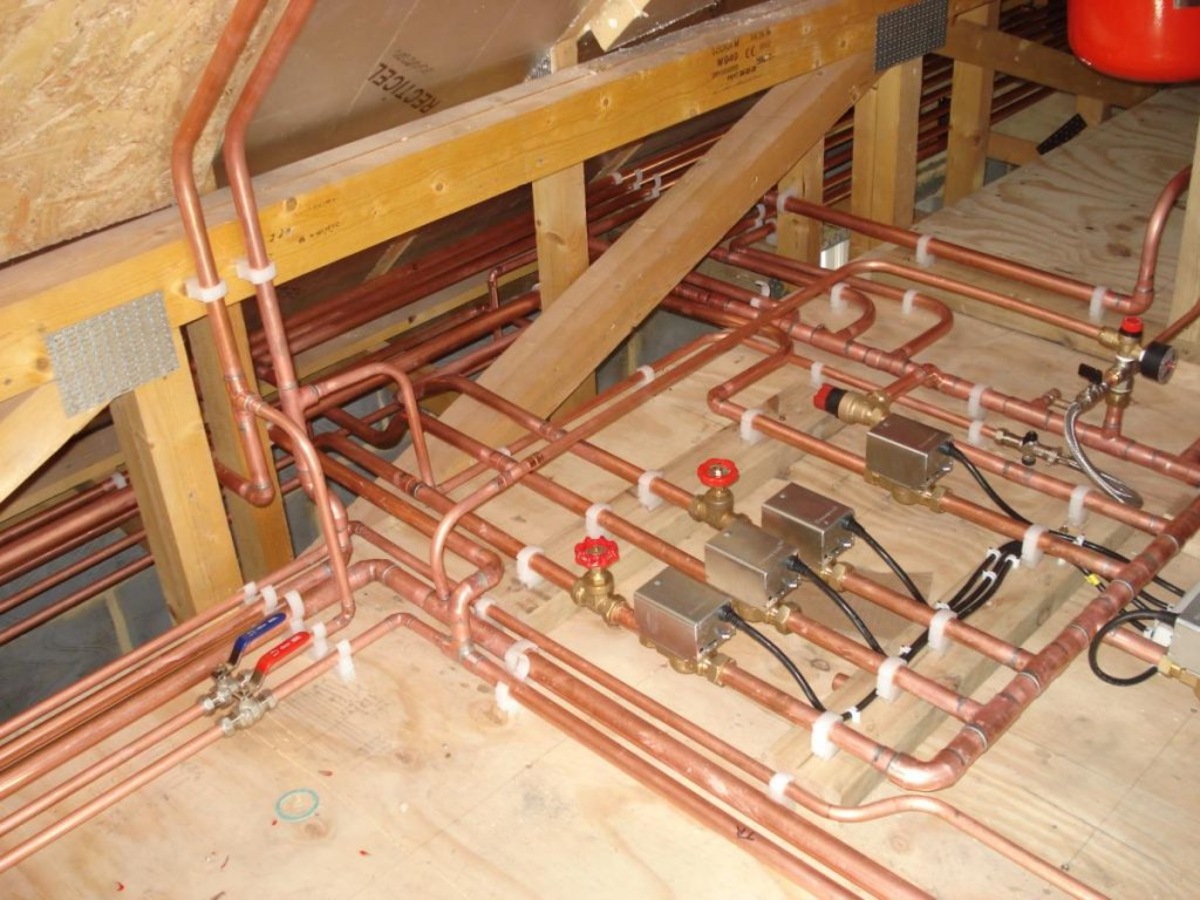
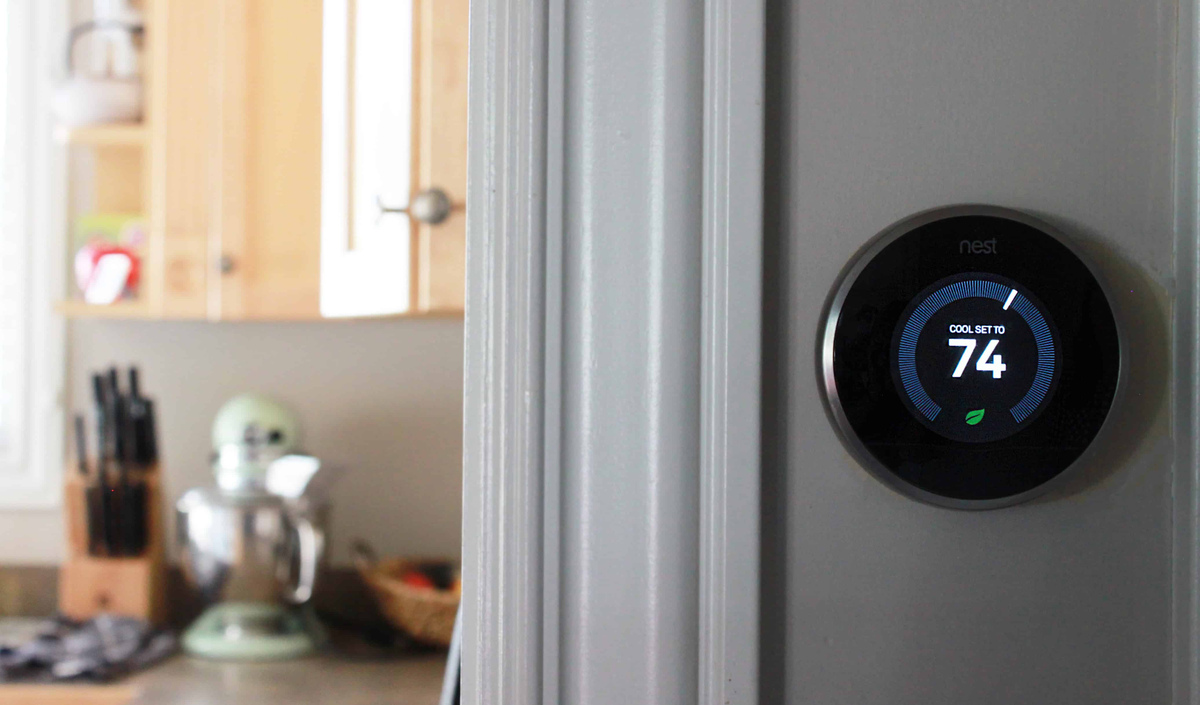

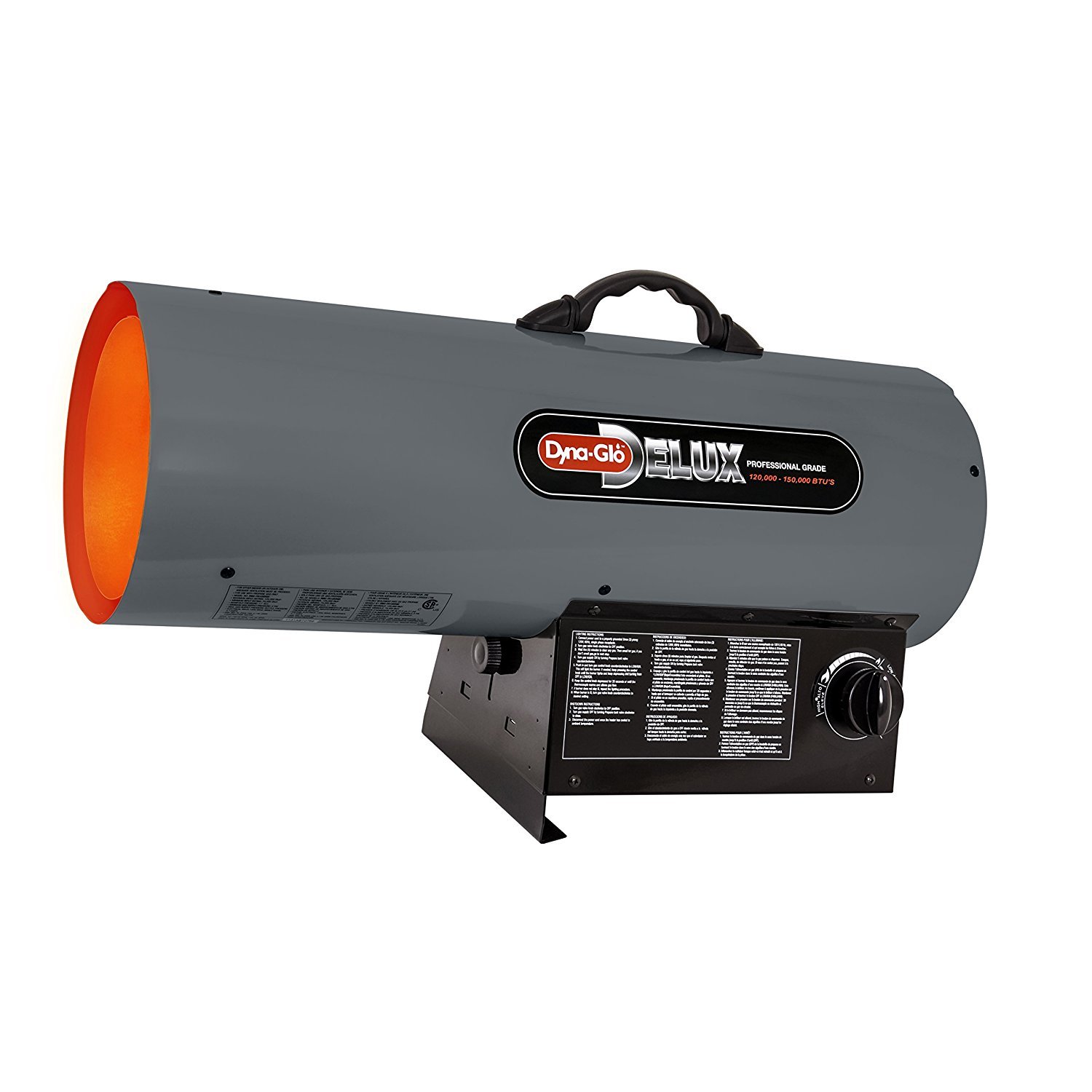
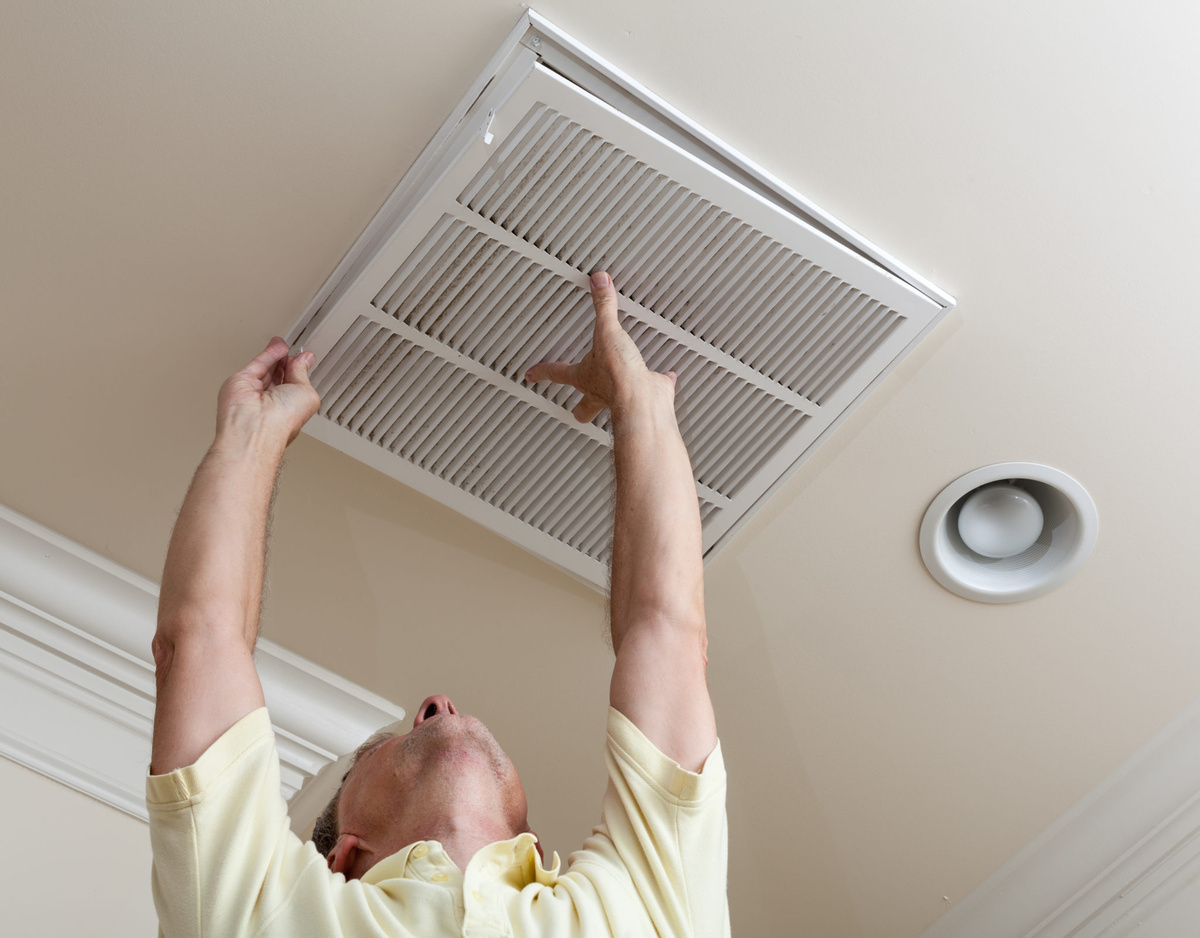
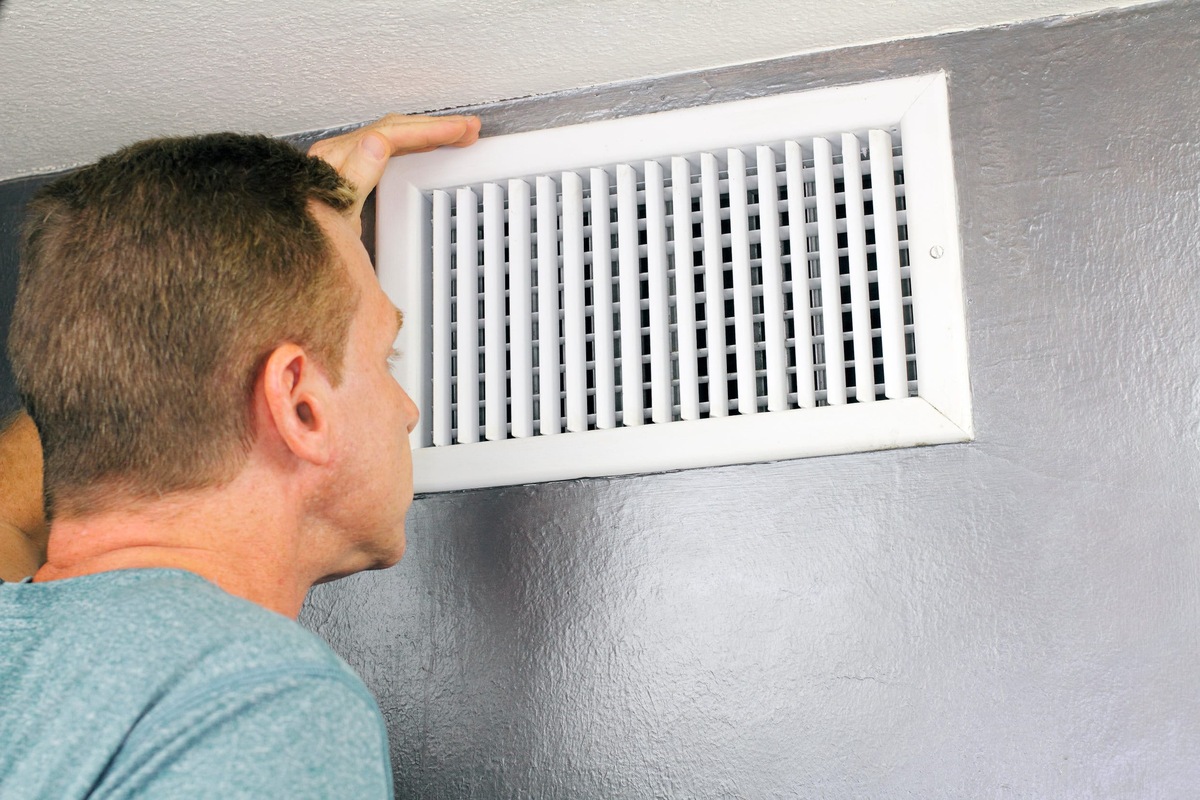
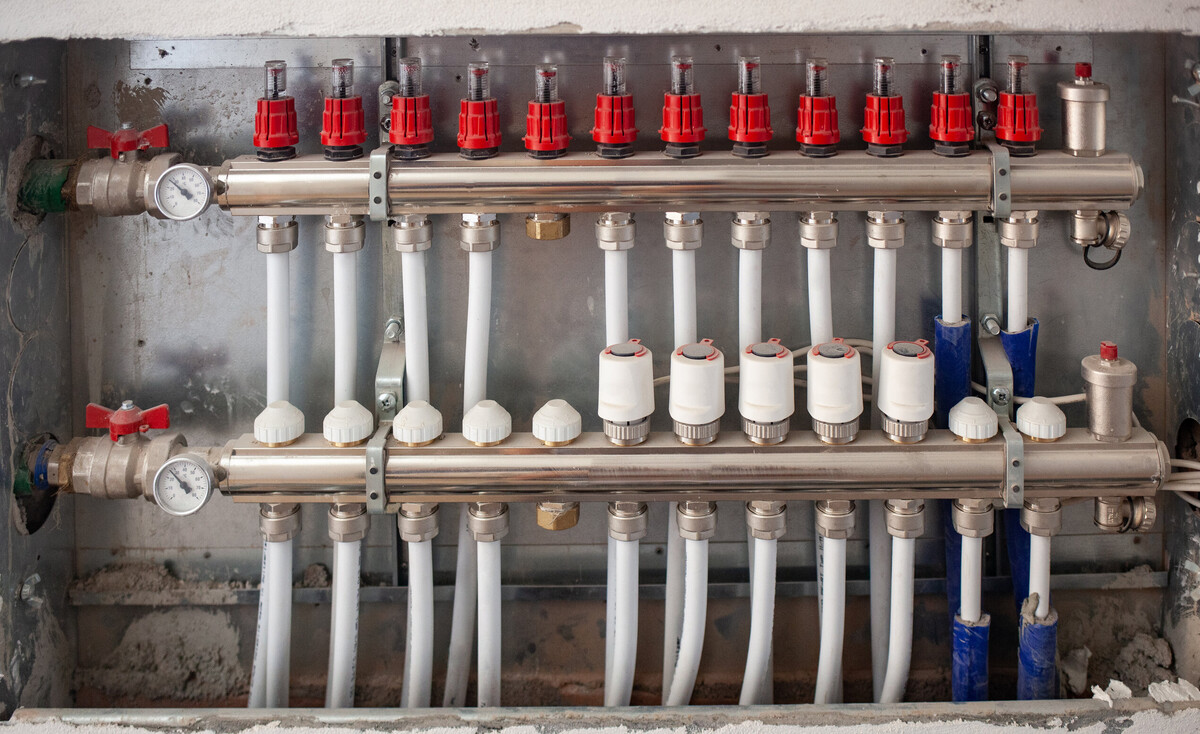
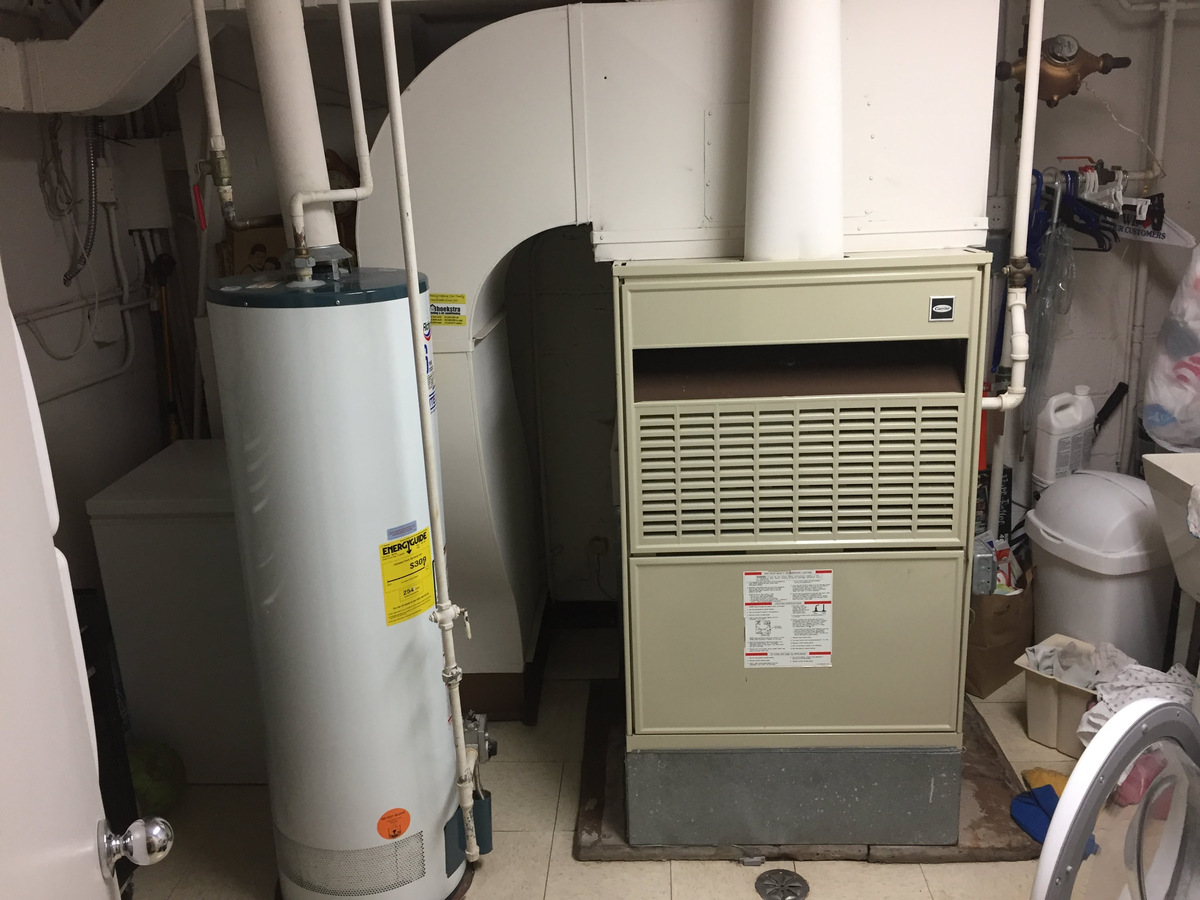

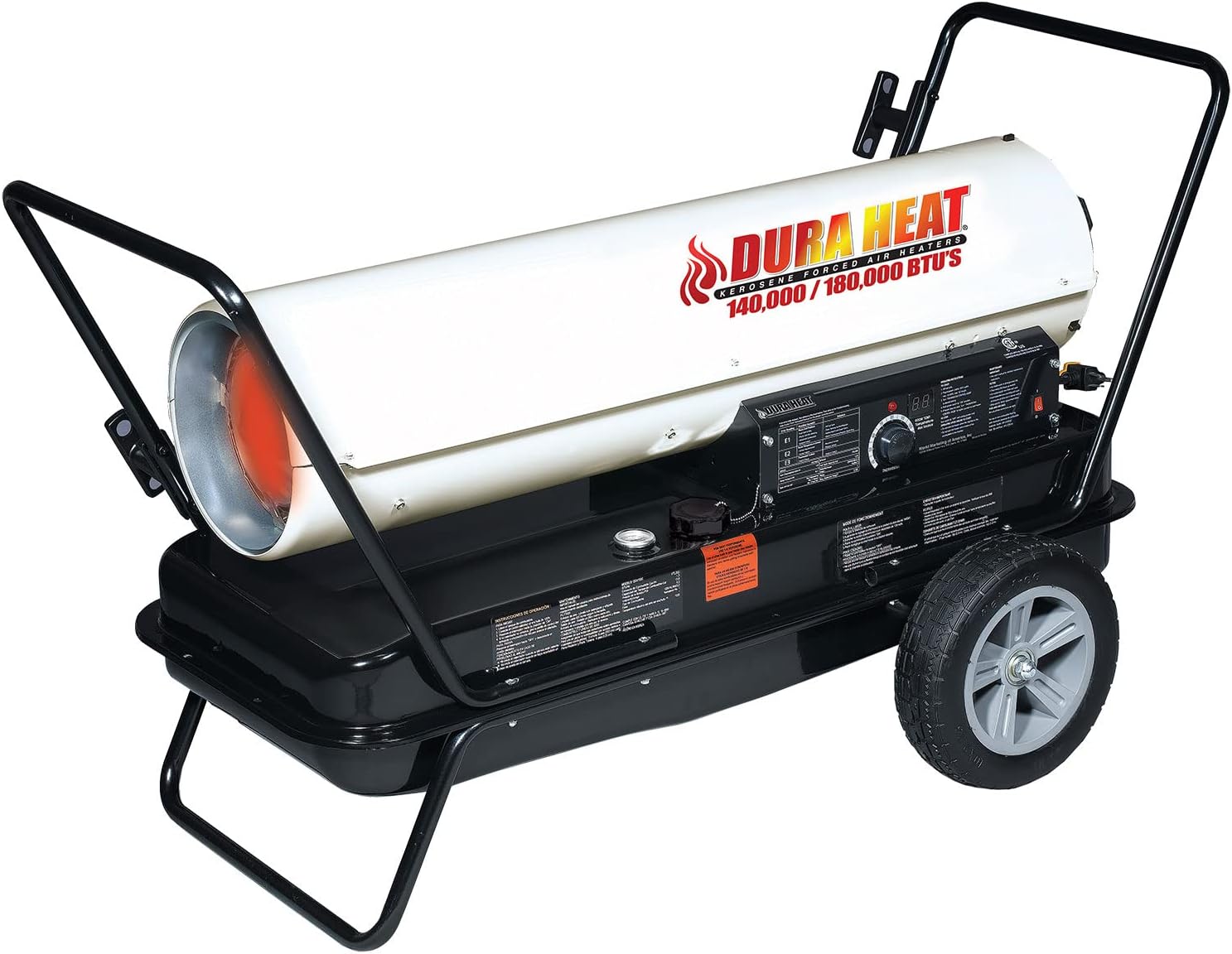

0 thoughts on “What Kind Of Pressure In A Gas-Fired Forced Air Heating System”